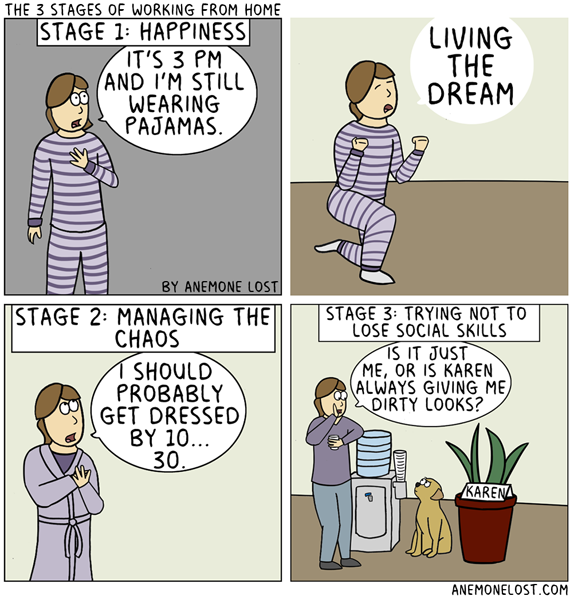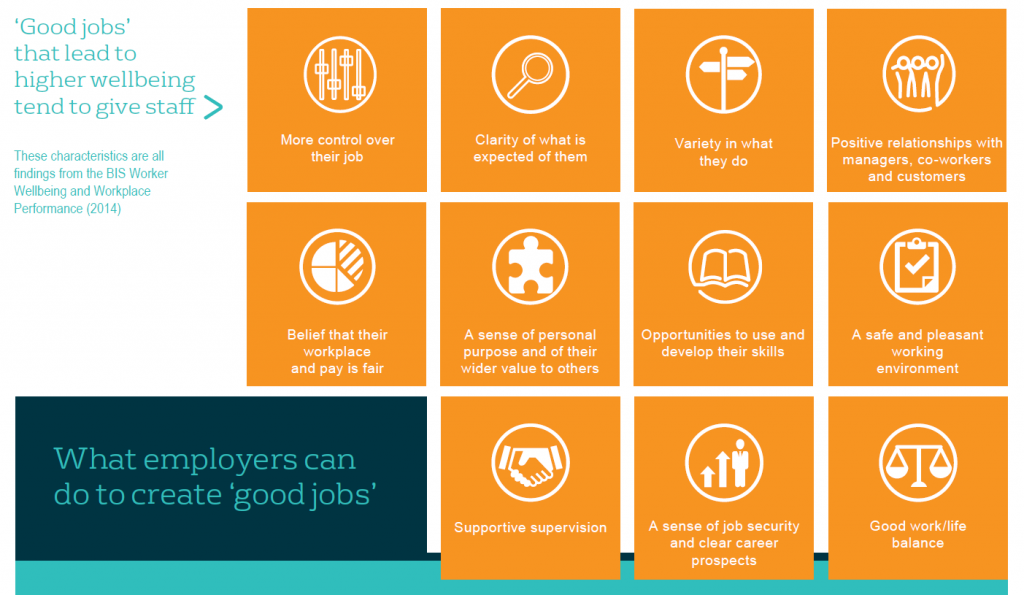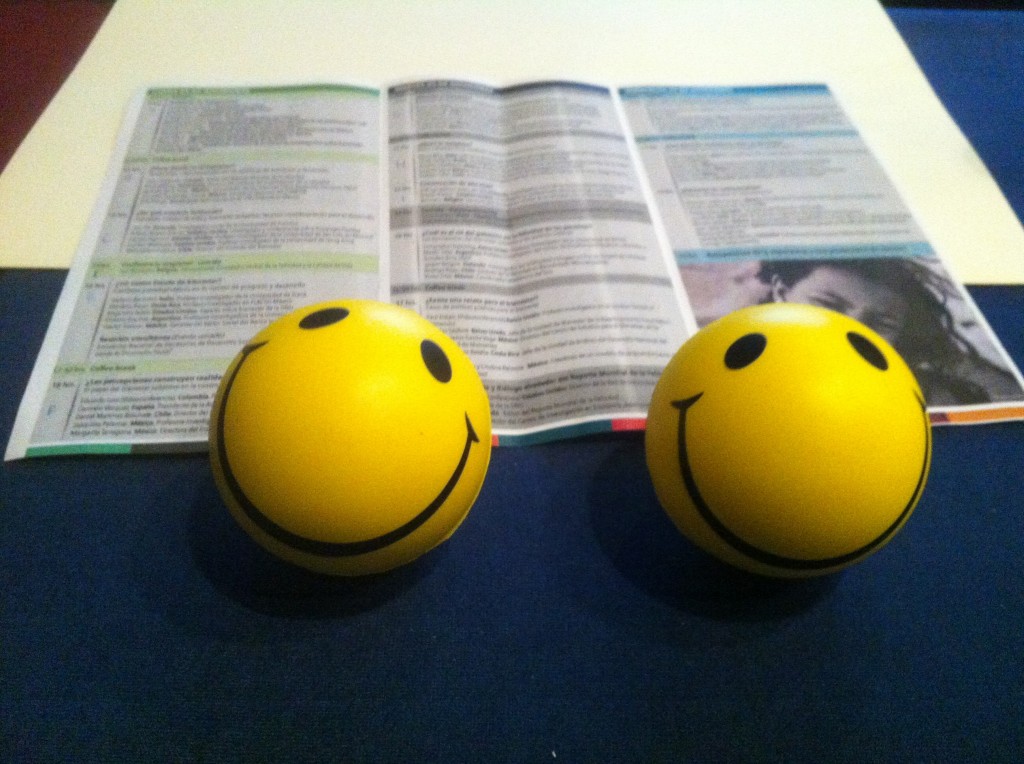This is a guest post by Tina Johnson.
The Covid-19 pandemic caused a paradigm shift in the world of work. In March, the Polish workforce – just to name on example – were in consensus that businesses in Poland must offer remote work this year in response to the global Covid-19 crisis. Six months later, employers in Poland and elsewhere have adapted. More and more organisations are pivoting away from traditional office-based setups and into work-from-home models. In some sectors, it’s nothing new, but its normalisation in the face of this pandemic is worth a deeper look. Its increasing prevalence might already be altering how the country’s employees perceive happiness and satisfaction in their jobs.
But to understand better the ramifications of working from home on employee satisfaction and happiness, it’s important to first take a closer at its pros and cons, as they can directly impact how employees view their current situation. It has affected mine, and I can honestly say that I’m happier now that I’m working from home.
The advantages of ‘WFH’
These are some notable pros of remote work that might explain why job satisfaction and happiness are higher among employees working from home. That’s what Wrike found in their survey of people working from home.
Improves happiness. In a poll among remote workers in four countries, Wrike found that people working from home are happier because they are doing meaningful work in an environment where they want to be in. Having some flexibility over their schedule helps too, and is a far better enticement than workplace perks.
A chance at good work-life balance. With scheduling flexibility, remote workers get a better shot at achieving a good work-life integration. They can re-allocate the time they spend commuting to other aspects of life, like family time, exercise, or socialisation.
Increases productivity. An Entrepreneur article on why remote work is the future notes how there’s mounting evidence that remote workers are more productive. It’s mainly because employees are often eager to accomplish their tasks, mostly in deference to the flexibility and convenience that they are getting in return.

The disadvantages of remote working
Despite the benefits remote working has, not everybody is able to adjust.
Blurring of professional and personal boundaries. Working from home often makes it difficult to shut off from work, because work will often be within reach and in part because there not a universal stop time due to flexible hours.
Possibility of burnout. Lack of boundaries can increase the likelihood of overworking, and can cause burnout. This is an occupational phenomenon described by the World Health Organization as stemming from chronic, unaddressed work stress. Burnout then leaves an employee feeling exhausted, unmotivated, and pessimistic.

Making work from home work
As discussed in an earlier post on the 4 spheres of happiness at work, the Employer Branding Institute’s Aleksandra Grabska sees health as a prime consideration in terms of job satisfaction, along with a good work environment, a sense of purpose, and flow (or how employees feel about what they do). Unfortunately, working from home can adversely impact employees’ overall health, which can be reason enough for them not to feel fully satisfied at work — more so during this pandemic. But that doesn’t have to be the case, as there are ways for remote workers to take full advantage of the work-from-home setup. Here are three of them:
Have a firm set of rules
Since overworking is one of the biggest problems when it comes to remote work, it is important to find ways to address it immediately. In his 30 tips for work-from-home professionals, lifestyle writer James Gonzales offers a solution: set ground rules — no social media, no working in the bedroom, etc. — and stick to them. Another solution is to set definite work hours and designate a work area, as doing so helps in delineating between the personal and professional.
To be honest, my first thought when I was offered this work-from-home arrangement was: Things will be so much easier! They are now, but back in March, when I first started, I struggled. I wasn’t just working 9 to 5, but often well over my usual set hours. And I was having a hard time focusing, as there was always a distraction: my kids running around, my dog wanting a walk, Netflix, and a power nap or two. Then, I read about the importance of establishing rules, and that’s when I put my foot down. I set up a workstation in a spot just adjacent to our kitchen, and resolved to strictly follow a 9 to 5 schedule. It was a sacrifice I had to make, and I’m better off now for doing so.
Find time for casual chats
Another thing that can adversely impact remote workers’ wellbeing and job satisfaction is feeling isolated and lonely. That’s why in their 23 tips for working remotely, Inc authors recommend taking time for water cooler chats, whether through texts or via the company’s communication platforms.
In my case, I never had a problem with feelings of isolation and loneliness. Having kids and a dog certainly helps. But I know of colleagues who struggled in this regard initially. That’s why I took it upon myself to check in on them as often as I could, or drop a message of encouragement in our group chat. Sometimes, I’d leave a funny meme or a link to a cool video just to prop up everyone’s spirits. Before long they were doing those things too, which increased our team’s morale across the board.
Take breaks small and big
Just as office-based workers need to take breaks, so do employees working from home. That said, it’s imperative for remote workers to take frequent breaks throughout the day to rejuvenate the body and the mind. These breaks can be spent moving about, meditating, or socialising with family, friends, and colleagues. Vacation days are important too, as it’s a way to step back from busy days and recharge oneself fully.
The conventional thinking here is: I’m already at home, why do I need long breaks? That’s the wrong mindset. Remember my early struggles I told you about? Part of it was because I was working long hours, largely because I was trying to make up for time lost whenever I got distracted. It got to a point when I couldn’t get enough sleep, and was feeling fatigued all the time. That’s when I asked my manager for three days off — and it was a godsend. I got to recharge, and was fresh when I restarted. With new energy, I set work rules. I got more productive, and thus put in fewer hours. All that meant: more time for myself, and I’m enjoying this work-from-home setup a lot more now.
With a bit of organisational skills, we employees working from home are more likely to be satisfied with our jobs and happier overall. That’s because we have some control over our schedule, are working at the comforts of home, and are striking the right balance between work and life. Of course, things won’t happen overnight. But give it time, just as I did, and stay the course. It’ll work for you too.
Written by: Tina Johnson







